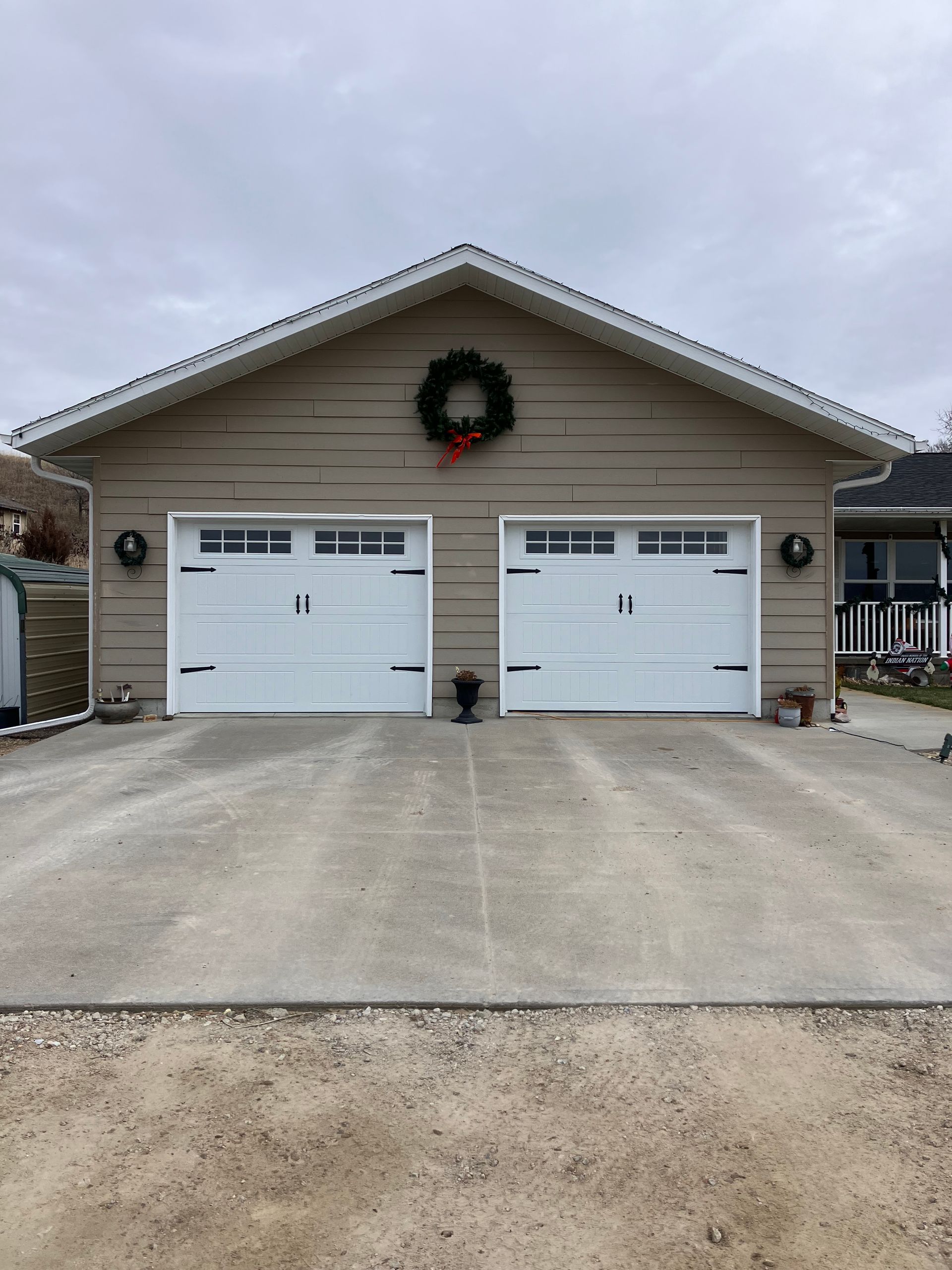Your overhead door does more than just provide entry and exit; it enhances security, boosts energy efficiency, and enhances curb appeal. But like any mechanical system, it needs care. Ignoring early warning signs can lead to expensive fixes—or worse, a door that stops working entirely. Let’s explore the top 5 signs your overhead door might need repair and why addressing issues promptly is key.
When Your Door Gets Noisy
Does your overhead door creak, rattle, or make high-pitched noises? These sounds are not just annoying—they’re a warning sign. Unusual noises can indicate issues with the door’s torsion springs, rails, or opener system. Left unchecked, these minor issues can escalate into major malfunctions.
Delayed Garage Door Movement
If your overhead door takes its sweet time open or close, it might be due to aging parts or electrical issues. A door that hesitates could be dangerous, especially if it malfunctions while in use. Timely intervention can get it back to working efficiently.
Uneven Door Panels
Have you noticed misaligned or drooping areas in your overhead door? This is often a sign of compromised stability or problems with the springs. Beyond being unattractive, sagging can make your garage less secure and insulation capabilities.
Higher Utility Costs?
A poorly fitted or insulated overhead door can cause drafts, making your HVAC system struggle to maintain temperatures. If you’ve noticed your energy bills creeping up, your garage door could be the culprit. Fixing your door can help lower costs in the long run.
5. Physical Damage or Wear
Bumps, cracks, or rust are clear indicators that your overhead door has seen better days. While some damage might appear minor, it can lead to bigger issues and make it more susceptible to malfunctions. Addressing these issues without delay is critical for safety and performance.
